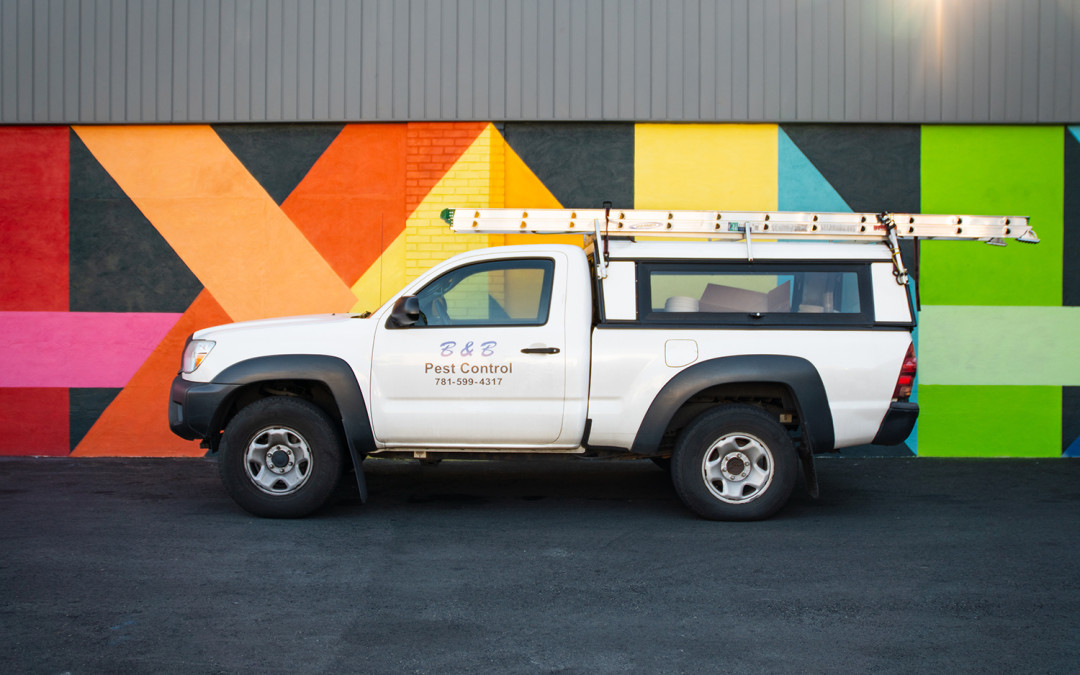Most states within the US are home to multiple termite species, but luckily for Massachusetts residents, the eastern subterranean termite is the only termite species documented within the state. Although eastern subterranean termites are the most economically costly of all termite species within the US, the termites are now well controlled due to the introduction of termiticide barriers that have been applied to the ground-soil surrounding many houses across the US. Since this termite species forages within soil, termiticide barriers prevent these destructive insects from reaching houses. Unlike subterranean termites, drywood termites both nest and feed entirely within pieces of dead forest wood and within wooden goods. These termites do not make contact with soil, making termiticide barriers completely ineffective at preventing drywood termite infestations within homes. Instead of traveling through the soil in order to infest homes and valued wood sources, drywood termites spread to new areas by hitching rides in infested shipments of commercial goods, and the insects reach new areas in this manner frequently.
Drywood termites make up 25 percent of the 28 termite species that have established invasive populations within non-native regions around the world. Unfortunately, the western drywood termite (I. minor) is establishing new invasive populations with northeast states more rapidly than any other termite species. These termites are the most destructive structural pests within the entire western half of the United States where they are native, and western drywood termites have been found in numerous northeast states including Maryland, New Jersey, Ohio, and New York, and experts believe that it is only a matter of time before these termites establish an invasive population within Massachusetts. There are several reasons as to why experts believe that western drywood termites will become invasive pests in all New England states in the near future. The two most significant factors include climate change, which is making the northeast US climate more hospitable to drywood termites. And another factor is domestic and global trade, which will increase substantially within the next few years, making it likely for western drywood termites to arrive in Massachusetts in shipments from regions where the insects are native. This could end up costing Massachusetts taxpayers dearly, as these termites currently cost 250 million dollars per year in control and structural repair costs in California and Arizona alone.
Do you think that drywood termites may already exist within Massachusetts?

